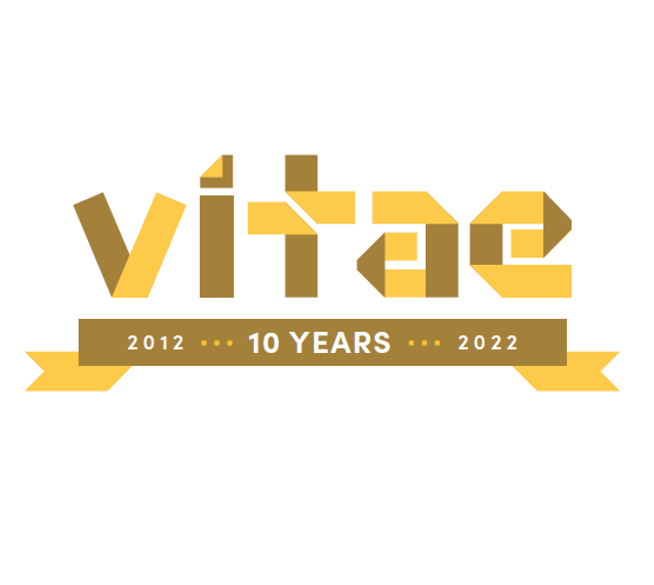The University of Utah’s Office of Artificial Intelligence recently highlighted the Utah NeuroRobotics Lab for its groundbreaking work using AI to design bionic devices that restore movement and sensation for people with neuromuscular impairments. Led by Solzbacher-Chen Endowed Professor Jacob A. George, the lab bridges engineering, medicine, and advanced AI to create prosthetic and assistive technologies that improve independence and quality of life. Read the full feature here.
Spotlight on Fredi Mino: Inspiring the Next Generation of Bioengineers
Our lab is excited to share that Fredi is featured in a new online educational module created for middle school students through University of Utah Health and the Genetic Science Learning Center.
The module introduces students to bioengineering through the lens of prosthetics, and our team partnered with the Genetic Science Learning Center to help shape the content. As part of the project, Fredi appears in several videos, guiding viewers through the lab and talking about his path in engineering and prosthetics research.
The series also includes extensive b-roll footage from the Craig H. Neilsen Rehabilitation Hospital (NRH) shared spaces and highlights many of the researchers who work there, giving students an inside look at what it’s like to work in a modern rehabilitation and bioengineering environment.
You can explore the module here:
Bioengineering & Prosthetics – Working in a Lab
https://learn.genetics.utah.edu/content/careers/lab/
BIOS Named 2025 Innovation Awards Honoree
We’re proud to announce that BIOS, a company that spun out of our lab, has been named an Emerging Honoree in the Healthcare & Life Sciences category of the 2025 Utah Business Innovation Awards. This annual recognition celebrates the groundbreaking companies and technologies shaping Utah’s future — and BIOS’ inclusion highlights how research born in our lab is transforming lives beyond the university walls.
BIOS is pioneering a Universal Neural Interface that intercepts, captures, and edits neural signals — creating a bridge between the human nervous system and advanced prosthetic devices. This breakthrough technology addresses a critical challenge in prosthetic adoption: many users abandon devices due to limited control or lack of sensory feedback. BIOS’ innovations are designed to change that, making prosthetics that move and feel like a biological limb.
The company’s recognition is more than just an award — it’s a testament to the power of research translation and the impact of collaborative innovation. What began as an ambitious idea in our lab has grown into a technology with the potential to transform the lives of people with limb loss and neurological conditions.
We congratulate the BIOS team on this well-deserved honor and look forward to continuing our shared mission of advancing human-machine integration to improve quality of life.
🏆 Read the full announcement on Utah Business.
New publication in the Journal of Neural Engineering
A paper led by Caleb Thomson was recently published in the Journal of Neural Engineering. The paper is titled: “Enhancing neuroprosthesis calibration: the advantage of integrating prior training over exclusive use of new data” and was coauthored by Troy N Tully, Eric S Stone, Christian B Morrell, Erik J Scheme, David J Warren, Douglas T Hutchinson, Gregory A Clark and Jacob A George.
Dr. Jacob George featured as expert in article discussing spinal cord stimulator
A recent article by Luisa Torres, PhD, in Drug Discovery News featured Dr. Jacob George in a discussion about the use of spinal cord stimulators in patients with lower-limb amputations. A recent Nature Biomedical Engineering study used spinal cord stimulation to restore the sense of touch, improve balance, and reduce phantom limb pain in patients with amputation below the knee. Dr. George discussed the benefits and use of such technology as an industry expert in response to this study. The full article can be read here.
Dr. George Presents at Vitae!
Myoelectric Controls Symposium 2022

The first in-person conference for our lab was a huge success! Our Lab had four podium presentations and two posters at the Myoelectric Controls Symposium (MEC) in New Brunswick, Canada. We took home both 1st and 2nd place student awards! We’re very proud of all our students and their hard work!
MEC is a mix of researchers, companies, patients, therapists, and clinicians dealing in upper-limb prosthetics, and it is always an enjoyable conference! Special thanks go to the University of New Brunswick (UNB) for hosting the conference!









